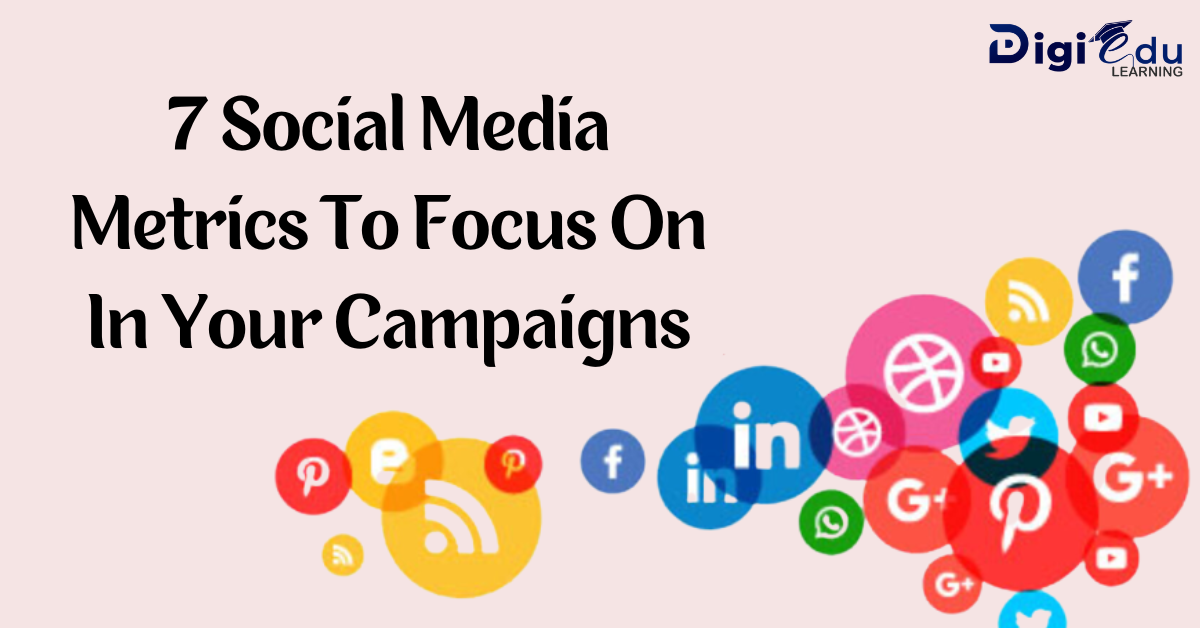We’ve all heard the old saying that you should focus on the metrics that matter. But what do we mean by “matter”? What are the critical metrics for your brand’s social media marketing? Here is a list of some of the most important metrics:
#1 Reach
Reach means the number of people who saw your post.
Reach can be measured by the number of impressions, which is the total number of times a post has been seen by someone on that platform. You can also measure reach by engagement, which is how many conversations or interactions you have with people who saw your content in real-time (not just after they click through to another page). For example, if someone engages with one of your posts (by liking it or commenting on it), this counts as one impression. If someone shares their own content from yours, this also counts as an impression; but if they share something else—say an article about how to grow tomatoes—their sharing won’t count toward either metric because there was no direct interaction between them and you two were not linked within any social media platform’s algorithmically-generated feed at all!
#2 Impressions
Impressions are the number of times your content was seen by a user. This can be used to measure how well you’re doing in driving traffic to your site, and it gives you an idea of what kind of reach you have on social media.
How do we calculate impressions?
The method is called “impressions per post” or simply “impressions.” It says that each time someone clicks on one of your posts, that counts as one impression. For example: if they read four sentences out loud while scrolling through their feed and then stopped at the end (or even just stopped reading), this would count as 4 impressions instead of one!
#3 Clicks
Clicks are a key metric to track. They can be used to measure the quality of your content, as well as its effectiveness in reaching potential customers. If you have a lot of clicks but no conversions, you might want to rethink what kind of content works best for your audience or even consider moving away from social media altogether.
Here’s how clicks work: When someone clicks on one of your posts (or pins it), it sends them over to their phone’s browser or app where they’ll see a site like Facebook or Twitter with all those beautiful buttons waiting for them!
#4 Click-Through Rate (CTR)
Click-through rate (CTR) is the number of clicks a post gets divided by the number of impressions. The higher your CTR, the more effective your post was at getting people to click through to your website or blog.
A high CTR can also be an indicator that you’re able to effectively target users who are interested in what they see on social media—and this will help with future campaigns!
#5 Conversions
When you think of social media, the first thing that comes to mind is a conversation. But if you’re looking for a more direct way to measure how well your campaigns are performing on social channels, consider measuring conversions—the action taken by people after they engage with your content.
Conversions can include clicking or liking an ad (or even just visiting your website), making a purchase or signing up for something, etc. The point here is that these actions happen after someone has read or watched something from your company (which means it’s possible for them to convert). However, you don’t need to wait until people take their next step before tracking their behavior; instead, simply track any action as soon as possible after someone engages with your content.
For example: if someone signs up through one of our email newsletters and then receives an email thanking them for being interested in our brand before checking out some other offers we have available online…that’s considered conversion!
#6 Cost Per Action (CPA)
Cost per action is the cost of acquiring a customer. This can be as simple as paying for an ad or it could be paying for a link or landing page. It’s all about how much it costs you to get someone who has shown interest in your brand onto your website and then converts them into actual purchases. The amount of CPA you pay depends on what type of conversion rate you want; if you want 100% conversions, then that will cost more than 50%.
The difference between the cost per action (CPA) and cost per acquisition is that CPA measures how much money goes out based on activity while CPC measures all actions taken regardless of whether they result in sales or not (e.g., someone clicks through an ad but doesn’t buy anything).
#7 Revenue Per Customer (RPC)
Revenue per customer (RPC) is the average revenue per customer. This can be calculated using the following formula:
RPC = (Revenue * Number of Customers) / Number of Customers
This number will give you a good idea of how much money your business makes from each individual customer and whether or not they are worth keeping around. If you find that many people are paying more than others, then it may be time to reconsider what type of content is being produced on social media platforms like Facebook and Instagram; maybe some other type would work better for them!
#8 Lifetime Value (LTV)
Lifetime value is a metric that measures how much money you’d make from a customer over their lifetime. It’s calculated by dividing the total revenue generated by a customer over a given period of time (the consideration period) by the number of months they’ve been active on your platform.
For example, if someone came to your website once and spent $300 on an item in six months, their lifetime value would be 300/6 = 42 cents per dollar spent. In other words, this person has already paid back half of what they owe you in terms of purchasing power—that’s pretty good!
These social media metrics are important to know about.
Reach means the number of people who saw your content. Impressions are the number of times your content was seen, but not necessarily clicked on. Clicks are when someone clicks on your content, and the click-through rate (CTR) is the number of clicks divided by the number of impressions.
This metric is important because it shows you how effective your posts are at reaching a specific audience or getting them to take an action like clicking through links or sharing them with their friends. For example, if you publish a post about why dogs should stop being treated as property and start being treated as family members instead—and then get 10k likes and 1k shares—you’ve done well!
Conclusion
Social media metrics are a great way to measure how well your content is doing on social media. They can help you identify what needs improvement and give you an idea of how much time and money it will take to make things right. The importance of these metrics cannot be overstated, so make sure that you are measuring them consistently across all platforms so that you can get an accurate picture of how well your campaigns are performing.






